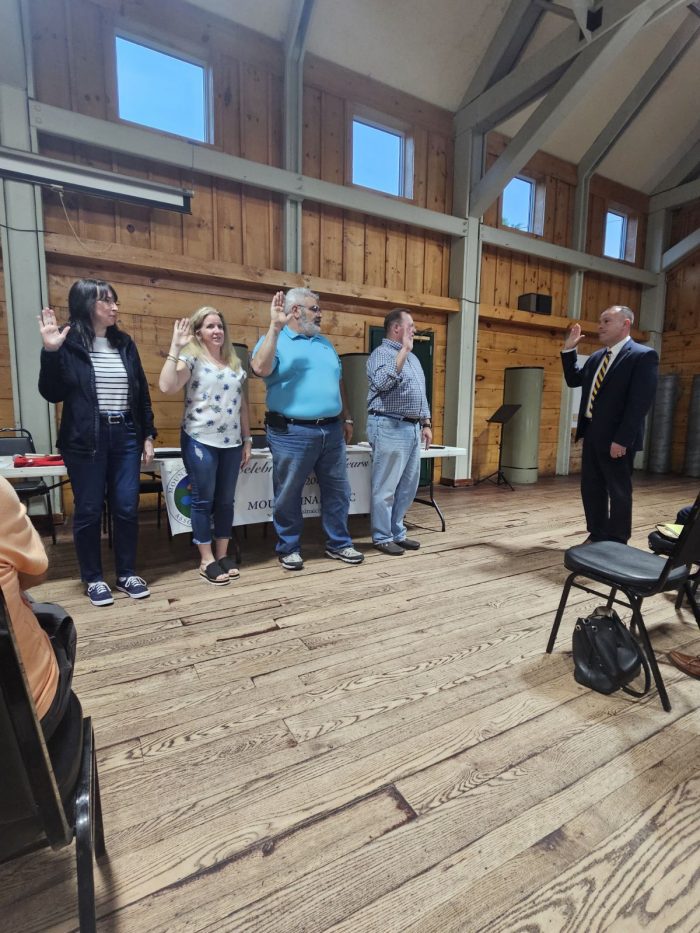By Leah S. Dunaief

Publisher
This Tuesday, I went to a Meet the Candidates night in Port Jefferson Village. I left, some two hours later, feeling proud — proud of being an American and proud of my neighbors.
The Village will hold its election for trustees next week, and this was an attempt by those residents who are running for office to inform the voting public about their positions and qualifications. It was jointly sponsored by the Chamber of Commerce and the Civic Association in the Village Center.
There are a number of villages along the North Shore, where our newspapers service the communities, that hold local elections, and I would like to think my experience was typical of all of them. The occasion was an example of representative democracy, in which a candidates who best reflects one’s beliefs earns that person’s vote. The winner in a subsequent free and supervised election then becomes the elected official.
That’s America.
I was also proud because the audience, of some 75 people I would guess, listened politely, applauded spontaneously if a candidate’s words touched a nerve, then broke into small groups to chat with each other at the end. In this case, there are two trustee vacancies with three residents running. And while there was mention throughout the speeches of clearly different positions with acknowledgement of much passion throughout the village, information at this forum was the order of the day. There were no invectives thrown, no voices raised or denigrating asides. The candidates smiled and shook hands at the end.
That does not mean there are no serious problems for Port Jefferson and that residents here are less caring. Quite the contrary. Problems like erosion, development, environmental sustainability, flooding, government transparency, municipal services, parking, and safety are common to villages and hamlets throughout the North Shore and Long Island. And not surprisingly, they excite passionate response, but the response does not have to be insulting or threatening if we see each other as neighbors, not colors.
We, of course, care deeply about the places in which we live. It’s not only a matter of economics, where development could impact property values, for example, but also our pride of place that comes into play during meetings. But insults and put downs are not necessary and would even be a hindrance during attempts to work together toward solutions.
And that is the key: working together. The candidates all got that.
I have great respect for neighbors who are willing to put themselves out there to run for office. Perhaps they are interested in the glory of office, but it takes an enormous amount of time and energy to stump for election. And in this day, candidates not only open themselves up for scrutiny, they bring their families to the forefront also to be evaluated. Privacy vanishes, and often, so does respect. They are fair game as targets for everyone’s freedom of speech. Libel law does not much protect candidates who become public figures.
The format of the Port Jefferson meeting was somewhat restrictive. Candidates were each given short intervals to speak—one to three minutes per question or summation. And the questions from the audience were written on 3×5 cards and passed along to a three-person panel before asked by the moderator, with an eye toward relevance and civility.
Candidates were prepped in advance, not given the actual question but with a heads up as to the likely issues to be covered. The two women and a man who were running probably knew what some of those issues were, but a little planning can help keep things calm and on track.
Did the informational meeting sway voters in any way? My guess is that most came already knowing whom they would vote for, but perhaps some were undecided. Even for those who knew, confirmation was helpful. It’s nice to see who will be the faces of the Village and how they comport themselves.
I hope, during this election season for villages and primaries, you, too, feel proud.





























